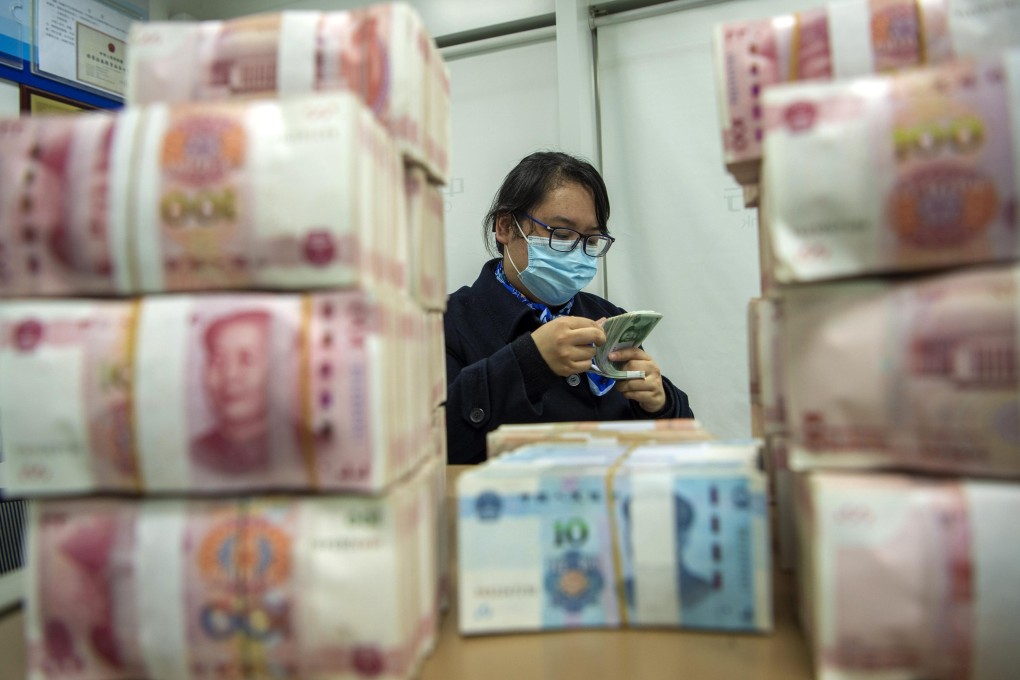China better placed to prevent, defuse risks of external shocks ahead of Fed rate cut, forex regulator says
- The US Federal Reserve is widely expected to start hiking interest rates as early as March
- During the previous round of US Federal Reserve tightening in 2018, China’s currency depreciated sharply.

China must prevent and defuse the risk of external shocks this year while strengthening macroprudential management and guiding market expectations, the country’s foreign exchange regulator said on Friday.
During the previous round of US Federal Reserve tightening in 2018, China’s currency depreciated sharply.
China is better able to cope with external changes, and “this round of tightening by the Federal Reserve may have less spillover effect than the previous round,” Wang Chunying, spokeswoman of the State Administration of Foreign Exchange, told a news conference on Friday.
In the face of this round of Fed tightening expectations, both cross-border loans or capital flows related to trade financing are relatively stable
On Wednesday, Chinese government bond yields fell across the curve after an official’s comments heightened expectations that the country’s benchmark lending rate would be cut as early as this week to shore up the cooling economy.